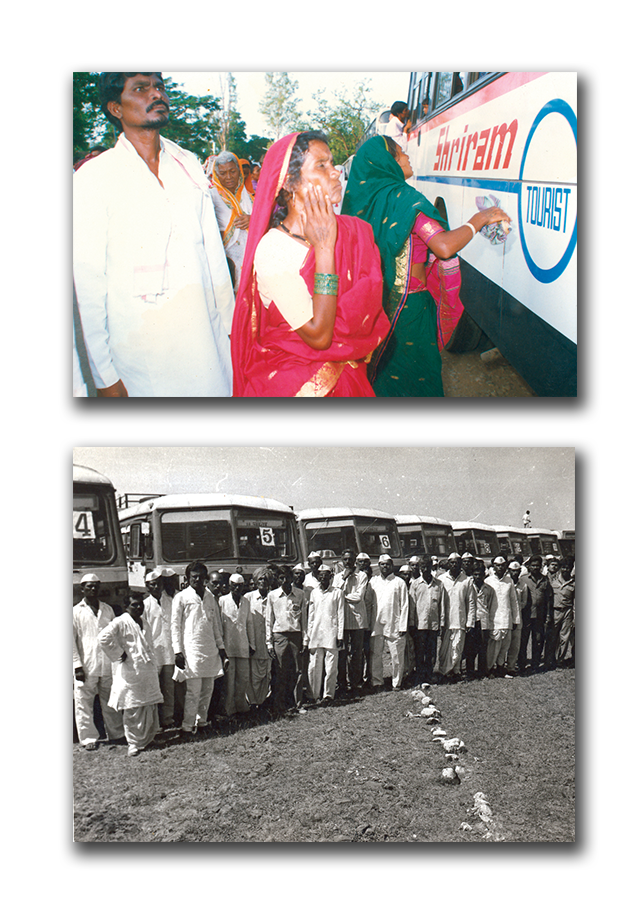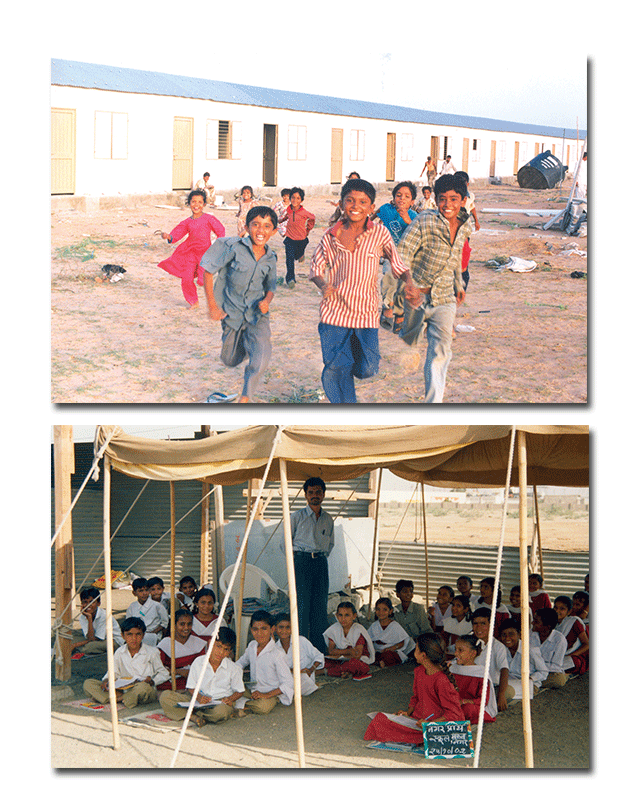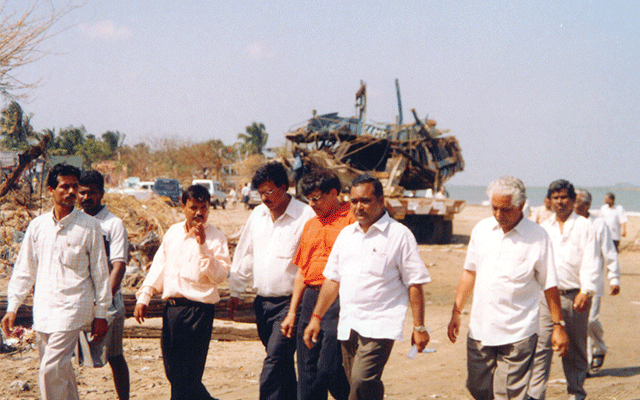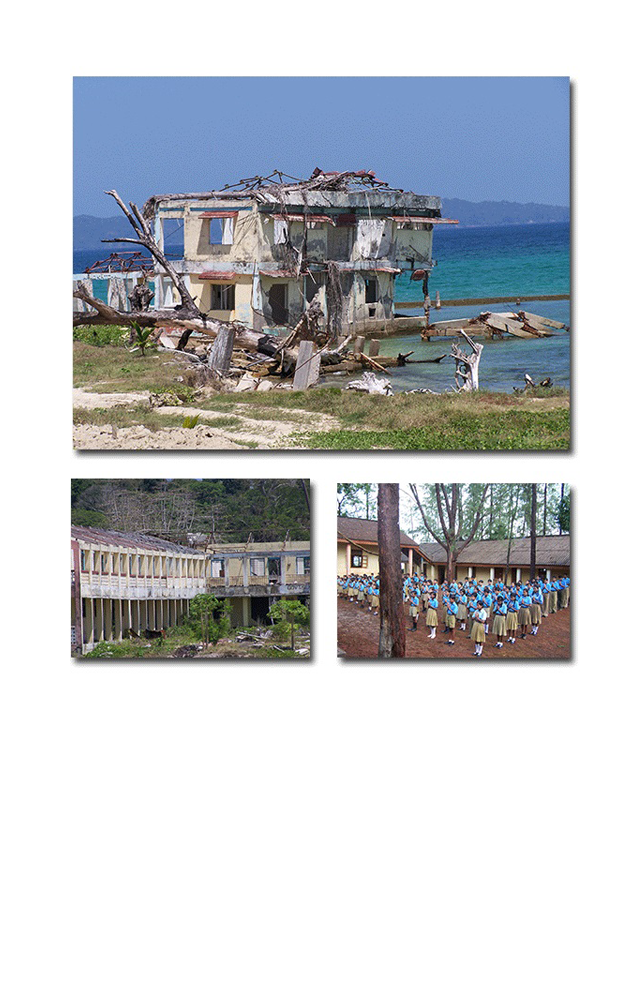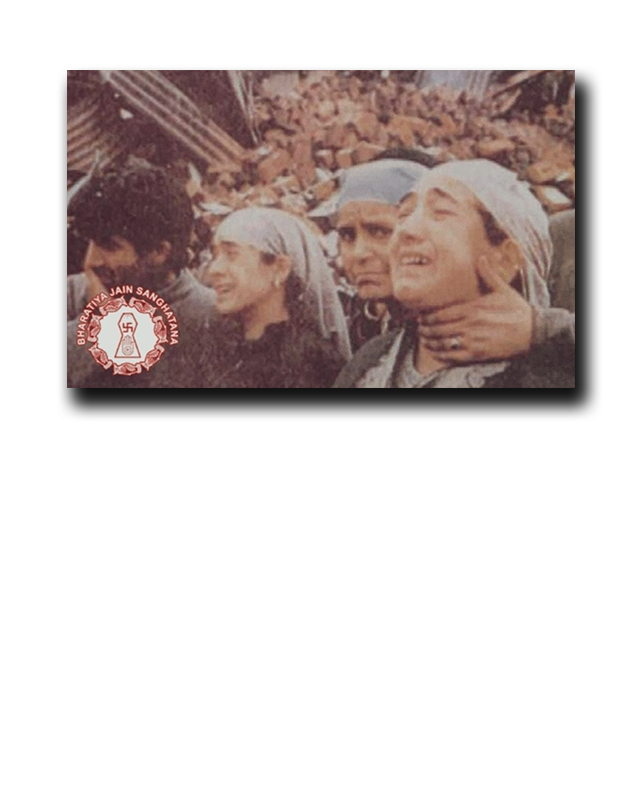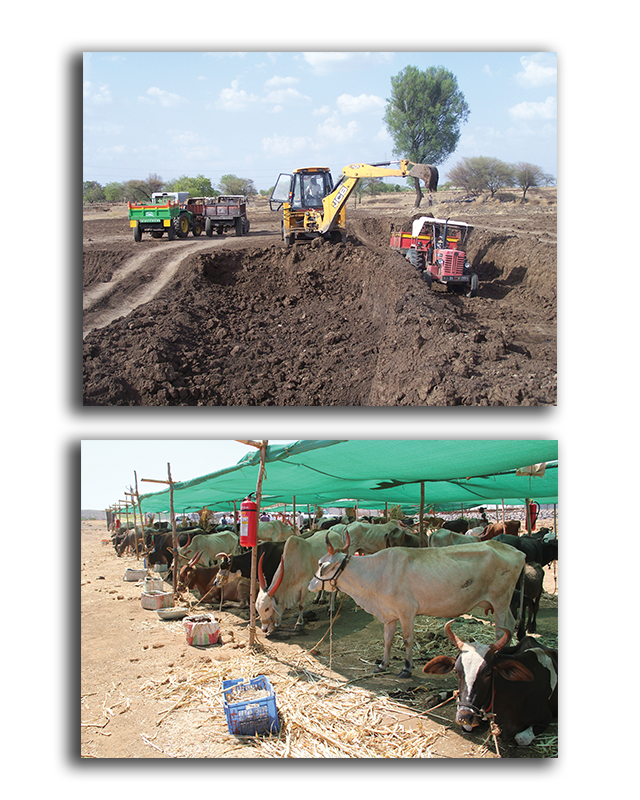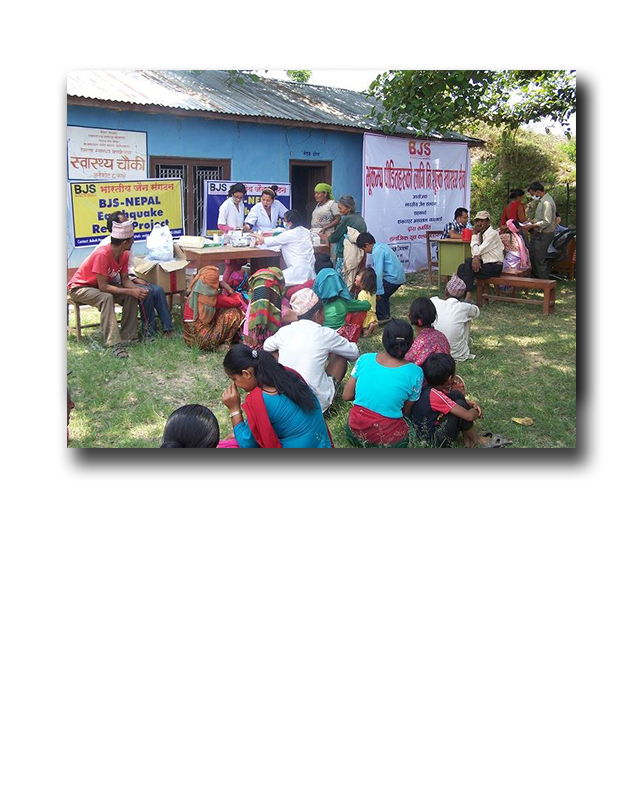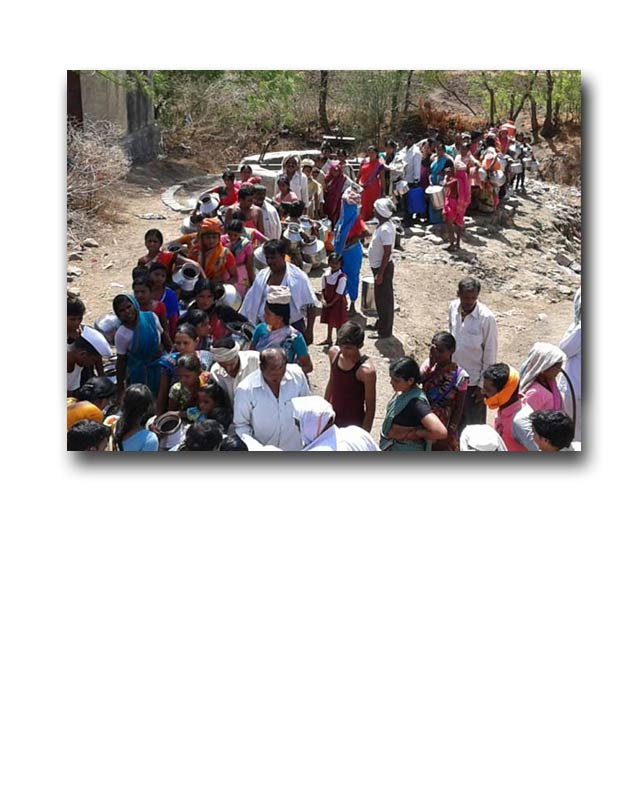Rescue, relief and rehabilitation – Latur Earthquake, 1993
30,000 victims provided food twice a day for 15 days
Main relief camp set up within first few hours of earthquake.
800 volunteers reached the disaster site within a few hours of the tragedy.
200 utensil kits, 50000 sweaters, 10000 blankets, 4000 saris distributed with bed-sheets, clothes, mats, stoves, candles, containers etc.
1200 disaster affected children from 29 villages identified for educational rehabilitation, necessary permission obtained for starting Primary, Middle Schools and a Junior College
In Oct 93, identified children shifted to Pimpri – arrangement for 1200 children made in 120 rooms of Atmaram complex, Pimpri
School set up in Pimpri started on Oct 26 and classes started within two days.
As a permanent solution Education & Rehabilitation Centre set up on 10 acres land at Wagholi with a large 280000 sqft educational complex with the assistance of World Bank and State Govt, with a state-of-the art building and all facilities like hostel, labs, library, classrooms etc., and capacity to accommodate 1000 students
WERC inaugurated on 29 Nov 1998 and all the children shifted there, with free education up to graduation, lodging, boarding, medical facilities, holistic development opportunities as well as disaster management training facility.
